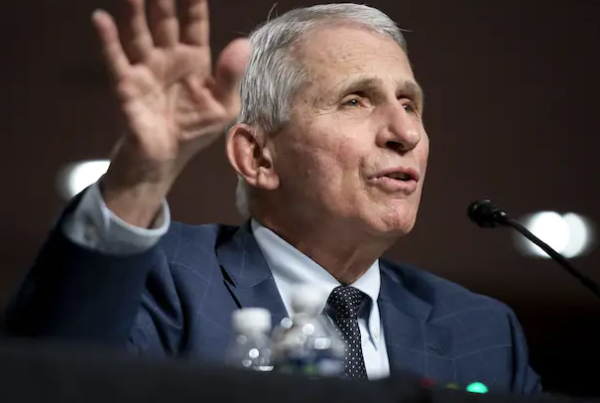Since the FDA authorized fourth doses, or second boosters, of the Pfizer-BioNTech and Moderna mRNA SARS-CoV-2 vaccines last month for people 50 and older and additional doses for immunocompromised people 12 and older, there has been widespread confusion among some healthcare providers and eligible individuals about when to get the shots and why. Public health officials maintain that continuous vaccination is only a stopgap measure aimed at lowering the risk of hospitalization and death among vulnerable populations, as they work to develop future vaccination strategies. On April 20, the CDC’s Advisory Committee on Immunization Practices (ACIP) met to consider exactly who might benefit most from additional doses and what the ongoing vaccination strategy will entail, although there were no votes taken on any topics of discussion. A CDC researcher told the panel that based on current data, individuals who are immunocompromised, live with an immunocompromised person, and those who are at increased risk of severe COVID-19 should consider getting a second booster now, while healthy older adults and those who have had COVID-19 within the past 90 days can wait until later in the year to get an additional shot. The panel also reviewed data showing that incidence of vaccine-associated myocarditis and pericarditis is lower after fourth doses than after the primary 2-dose series; there is no evidence boosters lead to immune tolerance that could cause lower antibody levels; and there is no evidence of immunological imprinting, with patients showing responses to several variants after a booster dose. Several of the panel members encouraged clear communication of a shared vision regarding vaccines, their effectiveness, and their purpose to help prevent “booster fatigue” and reduced public confidence in the vaccines. Others expressed the need for future vaccine strategies to be tailored to different populations, such as providing antibody tests prior to booster administration. Additionally, the panel discussed the importance of future SARS-CoV-2 vaccines, including different formulations and platforms. Several companies, including Pfizer-BioNTech and Moderna, are developing variant-specific vaccines, but it is unclear how long testing and manufacturing of any newer vaccine versions might take. Moderna this week released preprint data on a bivalent vaccine candidate, mRNA-1273.211, that contains equal mRNA amounts of spike proteins from the ancestral SARS-CoV-2 strain and the Beta variant and could be used as a booster dose. According to the data—which is not yet peer-reviewed—the vaccine produced stronger, longer-lasting antibody responses against SARS-CoV-2 variants, including Omicron, than the company’s original vaccine. Results from a different Moderna bivalent vaccine candidate that uses mRNA from the original virus and Omicron are expected later this spring. Additionally, Moderna announced it plans to submit a request for Emergency Use Authorization (EUA) of its SARS-CoV-2 vaccine among young children ages 6 months to 5 years by the end of this month.
The CDC this week launched the Center for Forecasting and Outbreak Analytics (CFA), an initiative its leaders are likening to a National Weather Service for infectious diseases. With about 100 scientists, CFA will analyze technical data and communicate—in easy-to-understand language—evidence-based policies and strategies for COVID-19 or future infectious disease outbreaks to decision makers and the public. The center will work with experts within the government, academia, and the private sector to examine data on new cases, hospitalizations, who is most affected, how transmission is occurring and among whom, and which public health prevention and mitigation strategies work best to reduce transmission. These analyses should help decision makers adopt policies that are the most effective and least disruptive. Notably, CFA also is focused heavily on communicating information to the public, particularly vulnerable and historically underserved communities, to help them understand risk and make decisions based on scientific understanding. CFA begins with $200 million in coronavirus relief funding but will need additional technical and financial support from inside and outside of the federal government as the nation moves beyond the emergency phase of the COVID-19 pandemic.
CSSE is reporting 80,903,325 positive cases in the U.S. and 991,053 deaths.



